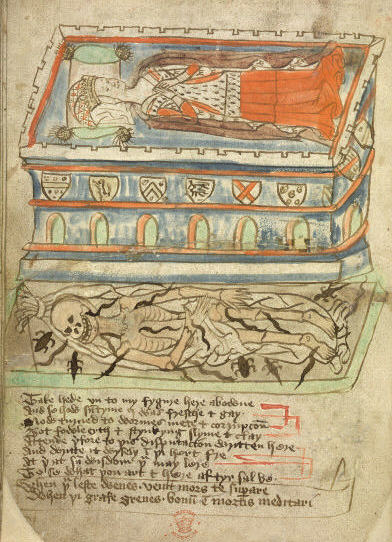My new book, due out in July-
"In Bed With the Tudors: The Sex Lives of a Dynasty, from Elizabeth of York to Elizabeth I ."
Amy Licence, Amberley Publishing, 28 July 2012.
Available to pre-order on Amazon now.
What was it like to bear the child of a Tudor king? How did Queens cope under pressure, knowing the future of the realm rested on their shoulders ? What comforts did they find in religion and birthing customs, in an era predating pain relief ? What steps did midwives take, to ease a prince or princess into the world ? And what about the "average" Tudor woman, if such a thing existed ? How did she prepare for her lying-in and what chance of survival did she and her child face ? Then there are the numerous disenfranchised; the peddlar delivering her child in a barn and the serving girl seduced by her master. How did society deal with them once their child provided the living proof that they had transgressed the strict social boundaries of the time?
When it came to parenthood, the Tudor monarchs were unlucky. Maternal and infant mortality were high. Henry VIII's wives were beset by a range of gynaecological problems that contemporary medicine and religion were powerless to unravel, no matter how many remedies and cures they tried. From powdered ant's eggs, to the skin of a wild ass tied to their thighs, labouring women were at the mercy of fate and poor hygiene. Giving birth was a life or death experience and survival was cause for celebration. This book details the experiences of Queens, royal mistresses and ordinary women of all classes, from fertility, conception and pregnancy through to the delivery chamber, lying-in, baptism and churching. Set against the backdrop of immense cultural and religious change, the story of reproduction between 1485 and 1603 is also a story of the Reformation and sudden banning of centuries-old customs that had been relied upon by women in the birthroom for generations. The importance of pilgrimage and the monastic establishment in the reproductive process has never before been explored, yet their dissolution had a huge impact on the lives of millions of women. Some conformed, some resisted. Giving birth was also a critical part of the Tudor gender dynamic and frequently polarised the sexes; feminine exclusivity and oral traditions were set against the misogyny and suspicion that overdetermined the culture of the times. Literally and metaphorically, the doors were closed upon the men.
Predictably, marital status was all important to the Tudors. This did not mean it was not an honour to bear the King's bastard but it guaranteed little. The circumstances of conception and birth differed greatly depending upon a child’s legitimacy, as did the expectations of its mother. Explored in this book are the implications of both experiences, as well as the roles of midwives and gossips, the limits of Tudor medicine and the implications for the dynasty of infertility, incompatibility, adultery and the elective abstinence that led to the decline of the royal line. After the birth of Edward in 1537, no Prince was born on English soil until Charles II in 1630. Mary I's infertility and Elizabeth's notorious virginity kept the nation guessing for half a century. How did other women deal with a failure to conceive ? Some prayed, whilst others employed sympathetic magic or bizarre folkloric rituals. The business of producing an heir was never straightforward; each woman’s story is a blend of specific personal circumstances, set against their historical moment: for some the joys were brief, for others, it was a question that ultimately determined their fates. In a society that prescribed a few, limited female roles, the failure to fulfil her maternal obligations was the making or breaking of Tudor women.
Were their experiences significantly different to those of mothers today ? Yes and no. This book explains why.

